Permaculture - Types of manure and when to use it (lesson 2)
Intro
As a person who loves permaculture and learns about it for years, I have decided to share with you all my knowledge gained during the volunteers on many farms from Poland and Spain to Chile and Paraguay and during my theoretical studies. Lessons will be published regularly, I share it totally for free of CC-0 license (which means you can copy my text and share it wherever you want to, without the need to mark me as an author). I hope it will bring you joy
Lesson 1- manure and liquid manure
WHICH VEGETABLES TO PLANT DIRECTLY AFTER MANURE / LIQUID MANURE?
By studying the demand for minerals of individual vegetables and selected fruits, grown as annual plants, we can arrange them into three groups - plants planted in the first, second, and third-year after manure application.
In the first year from applying manure, plants from the cabbage, onion, and cucumber families, leeks, peppers, some nightshades, fennel, and string beans are grown.
In the second year, you can plant root vegetables, turnips, nightshade, and onion, so, among others, beets, carrots, parsley, potatoes, garlic, lamb's lettuce, and scorzonera. And this year, you can plant string beans.
In the third year, we plant legumes, all peas, and beans (except string-bean), as well as short-growing plants (if they are planted separately instead of as a forecrop or aftercrop), such as radish or watercress.
Leafy vegetables can be planted in any of the three periods.
Below is a table with a few examples. I prepared it on my own, based on tens of sources. I can assure you it's the most complete table of that type in Internet:
| Type of plant | First year | Second year | Third year |
|---|---|---|---|
| artichokes | x | ||
| barley | x | x | |
| batats | x | ||
| beans | x | ||
| beetroot | x | ||
| broad bean | x | x | |
| broccoli | x | ||
| brussel sprout | x | ||
| buckwheat | x | ||
| cabbages | x | ||
| carrot | x | x | |
| cauliflower | x | ||
| celery | x | x | |
| chickpea | x | ||
| chicory | x | x | |
| colza | x | x | |
| corn | x | ||
| cucumber | x | ||
| cutthroat | x | x | |
| eggplant | x | x | |
| endive | x | ||
| fennel | x | ||
| flax | x | ||
| garlic | x | x | |
| herbs | x | ||
| horseradish | x | ||
| kale | x | x | |
| kohlrabi | x | x | x |
| lamb's lettuce | x | x | x |
| leek | x | x | x |
| mustard | x | ||
| onion | x | x | |
| paprika | x | ||
| parsley | x | ||
| pasnip | x | x | |
| peas | x | ||
| physalis | x | x | x |
| potatoes | x | ||
| pumpkin | x | ||
| purslane | x | ||
| quinoa | x | ||
| radish | x | x | |
| rucola | x | ||
| rutabaga | x | x | |
| rye | x | x | |
| salads | x | x | |
| scorzonera | x | ||
| sorrel | x | ||
| soya | x | x | |
| spinach | x | ||
| string-bean | x | x | |
| sugar pea | x | ||
| tomato | x | x | x |
| turnip | x | ||
| watermelon | x | ||
| wheat | x | x | |
| white radish | x | x | |
| zucchini | x |
TYPES OF MANURE AND LIQUID MANURE:
Goose manure:
- Like any other bird's guano, it releases minerals very quickly. Not useful in the second and third years.
- watch out, you can burn the plants
- low nutritional manure, wet consistency
- in autumn it can be used as dry manure (for soil), in spring - as liquid manure
- goose liquid manure: pour 1-3 kg with water, leave for fermentation 7-14 days (until it stops foaming), dilute with water in a ratio of 1:10
- the fertilizer is less rich in nutrients during egg-laying and moulting
- do not use manure from industrial farms
duck manure:
- Like any other bird's guano, it releases minerals very quickly. Not useful in the second and third years.
- watch out, you can burn the plants
- moderately dry fertilizer
- nutritional value of manure is lower than that of most birds but higher than that of cows or pigs
- contains a lot of calcium
- duck liquid manure: 1/4 of a bucket of manure is poured over with water, put aside for 1-2 weeks in partial shade. When it stops foaming, dilute 1:10 (for acidophilic plants 1:20)
rabbit manure:
- very heterogeneous composition, depending on the diet, age of the animals, etc.
- relatively dry consistency, low odor
- rabbit manure should always be fermented and diluted, the pellets themselves, as they do not contain urine, can be sprinkled directly on the ground
- speeds up composting in the composter
- liquid manure: mix with water, wait for one to two weeks, dilute 1:10
- high phosphorus content which is responsible for the ripening of fruits and seeds
chicken manure:
- Like any other bird's guano, it releases minerals very quickly. Not useful it in the second and third years.
- it has a lot of nitrogen and calcium, so be careful not to overdose the fertilizer
- it is best to always use fermented and diluted fertilizer directly under the plants
- speeds up composting
- liquid manure: fermented and diluted 1:10
- it can be added to the liquid manure from mugwort wormwood and used as a weapon against caterpillars of the cabbage
- beware, the guano may contain cereal seeds
Goat manure:
- has a high nitrogen and potassium content, and little sodium
- it may contain undigested seeds
- there is no risk of burning plants with it
- it can be used to make dung soil - compost manure with straw for two years. It gives an excellent, very fertile soil which can be used for example to plant tomatoes on it.
cow manure:
- releases minerals for a very long time and relatively evenly: in the first year 45%, in the second year 35%, and in the third 20%
- there is more potassium in the manure of the calves
- the best when it's fresh. Over time, nitrogen is lost
- speeds up composting and attracts earthworms
- it's better to use it on light soils. On heavier, which contain plenty of clay, it is better to mix it with horse manure or compost it with grass in a manure pile before.
Horse manure:
- decomposes quickly (first year, use of 60% of minerals, second year 25%, third year 15%)
- used as a heater - ferments quickly, releases a lot of heat. Perfect for greenhouses
- to speed up fermentation, it is left under the horses for longer to soak up urine
- after fermentation, it is best for heavier and cooler soils - it has a heating effect
- horse manure for insects, for plant seedlings: three layers of soil, 20-30 cm thick each. At the bottom, horse manure, then straw chaff or dry leaves, then fertile soil where we plant seeds.
- eliminates pests - in September (northern hemisphere) bury manure up to a meter deep. It will lure the insects and pests. Every two weeks until it gets cold and then in the spring, you should dig up the manure and remove the insects.
Pig manure
- Has very low nutritional value. It is recommended to use only in mixtures with other types of manure
Sheep manure
- not recommended for light, sandy soils. It works better with heavier ones.
- Direct contact of the pans with the plant can burn them. It is best to use fermented
Human manure
- Mostly overlooked due to disgust to use
- Best to use composted with soil or leaves or as an additive to compost
- It is harmful to many plants when fresh
- Provides minerals very quickly
- Works well in the production of compost soil
Mixed manure
- works moderately vigorously, but persistently
Extra ingredients
Besides mixing different types of excrement, you can add to the manure:
- bovine blood
It breaks down very quickly, providing ammonia
It works very strongly as a fertilizer and is only used in liquid manure. - wood ash
It has a lot of potassium, but if too much is used, it can damage the plant. Particular care should be taken when using ash on clay soils - Ground bones
They provide nitrogen and phosphoric acid, but they decompose very slowly in the soil.
| Manure | CN* | (N) | (P) | (K) | (Ca) | Org | Ph |
|---|---|---|---|---|---|---|---|
| Cow | 20-25 | 0,4-0,7% | 0,2-0,9% | 0,5-0,7% | 0,4-0,6% | 15-20% | 7,5 |
| Sheep | 19-23 | 0,7-1,4% | 0,4-0,5% | 1,2% | 0,6% | 27% | 7,5 |
| Pig | 13-14 | 0,5% | 0,3-0,4% | 0,5-0,7% | 0,4% | 3-6% | 7,7 |
| Goat | 24-25 | 0,5% | 0,3% | 0,9% | 0,1-0,2% | 51-55% | 7,5 |
| Horse | 25-29 | 0,5-0,7% | 0,2-0,3% | 0,4-0,9% | 0,2-0,4% | 30% | 6,8 |
| Chicken wet | 7-9 | 1,5-4% | 1-2,5% | 0,5-2% | 2,5-6,5% | 26% | 8,9 |
| Chicken dry | 9-10 | 4,5% | 3,5% | 2% | 6% | 40-53% | 7,5 |
| Rabbit | 16-17 | 2,4% | 1,4% | 0,5% | 0,4% | 30-32% | 7,9 |
| Duck | 10-11 | 0,5-1% | 0,5-1,5% | 0,5% | 1-2% | 15-16% | 6,1-8,9 |
| Goose | no data | 0,5-1% | 0,5-1% | 0,5-1% | 1% | 12-24% | 6,1-9,9 |
C: N aspect ratio *
N - nitrogen
P - Phosphorus
K - Potassium
Ca - Calcium
Org - Organic substance
One kilogram of manure also contains on average: 1.1 g of magnesium, 5.3 mg of boron, 5 mg of copper, 640 mg of manganese, 0.4 mg of molybdenum, 350 mg of zinc, and 0.3 mg of cobalt.
I realize that permaculture is not the mainstream hobby and many people may not be interested in reading posts related to that subject. For those of you who read it, I have the hidden contest. Answer in the comment five questions I will ask you below to get the chance to gain a small reward. First-person who will reply correctly will get 5 STEEM. From the other answers, I will randomly choose two users who will be rewarded 2,5 STEEM each. All the information I am asking you about is included in this publication.
- You have four kinds of manure: cow's, horse's, chicken's wet, goat's. Which one of them will be the best for the plants who like acidic Ph and which will be the best for the plants who like alkaline Ph?
- Which manure has heating properties and works perfectly in glasshouses?
- Which manure releases the microelements slower: goose's, cow's or rabbit's?
- Which household animal's manure is of the worst quality and is not recommended to use as the fertilizer if not mixed with the other types of manures?
- Write three examples of the plants which are planted in the third year after fertilizing the soil with manure
Thank you for reading,
@papi.mati
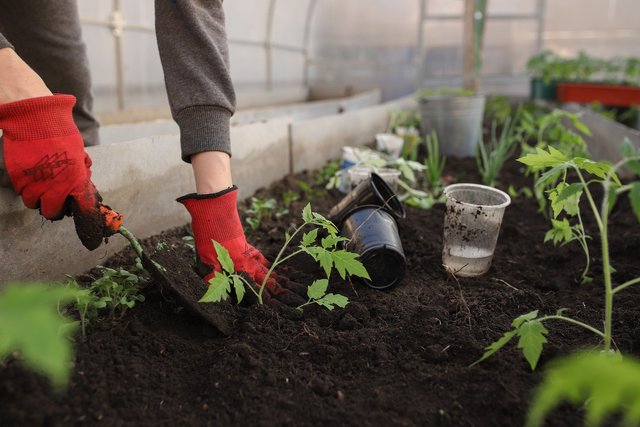
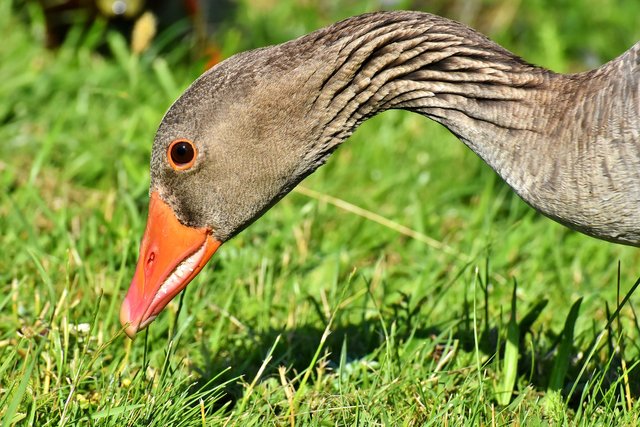

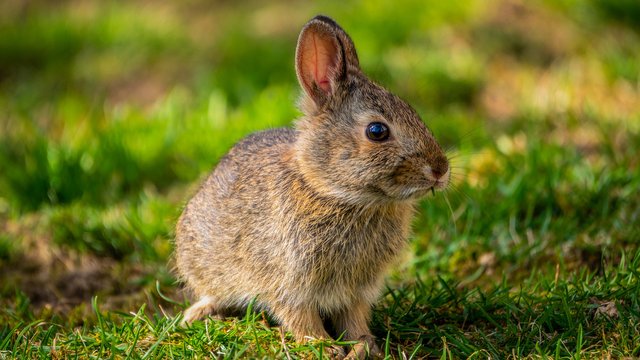
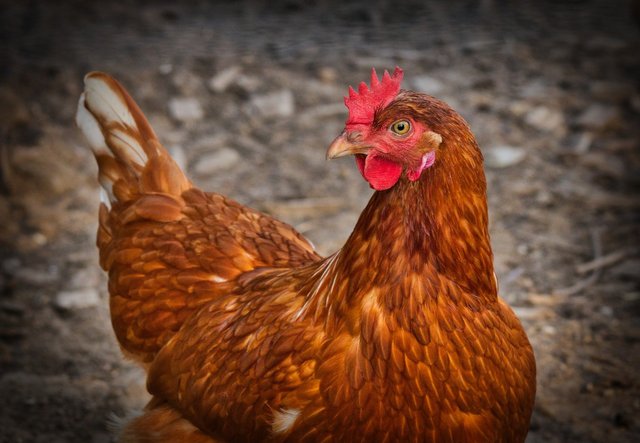

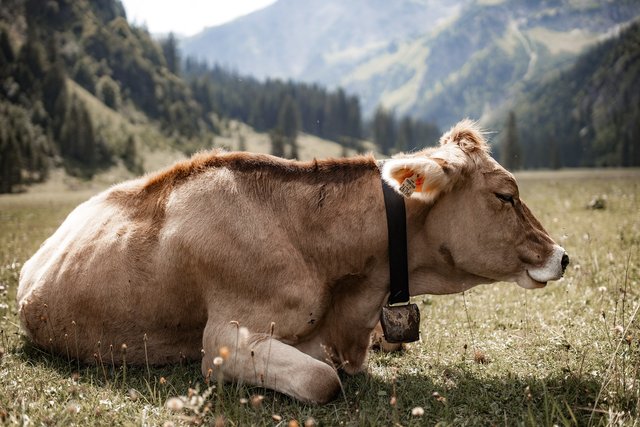
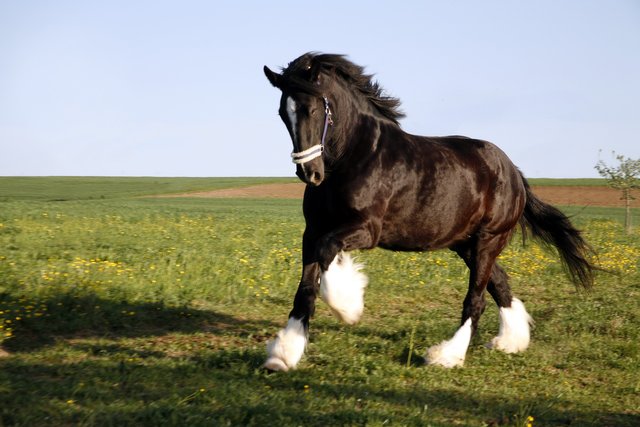
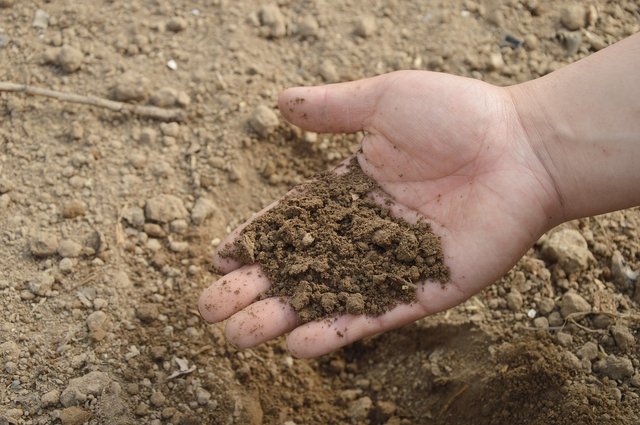
Hola! leyendo tu producción escrita sobre permacultura. Las respuestas acontinuación:
El estiércol de cabras para las plantas de ph ácido y de ph alcalino la de pollo.
El estiércol de caballo
3.¿Qué estiércol libera los microelementos más lentamente: el de ganso, de vaca o de conejo?
El estiércol de vaca.
4.¿Qué estiércol de animales domésticos es de peor calidad y no se recomienda utilizarlo como fertilizante si no se mezcla con los otros tipos de estiércol?
Estiércol de cerdo posee un valor nutricional muy bajo.
los rábanos, berros, guisantes y frijoles a excepción del frijol verde, tomate.
gracias por participar, anunciaré los resultados en unos días :)
Very impressive post and well detailed. It's quite useful to learn. Thank you for sharing with us.
Very impressive post and well detailed. It's quite useful to learn. Thank you for sharing with us.
Thank you. I am aware that it may be too detailed to read as entertainment. If someone really considers having permaculture or garden though, my lessons may provide them much more tips than any website or book, as it's years of my studies in one place :)
Thank you @papi.mati!! You can become a big influencer on Steem SkillShare. Your post was submitted for booming.